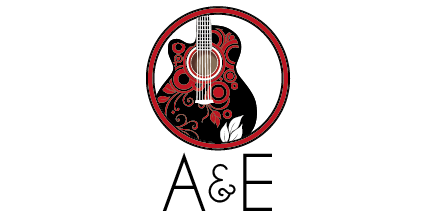If all goes as planned, pretty soon, it will be hard to see West Ashley for the trees.
Next month, the 10,000 Trees for Charleston project will resume its free tree giveaways with a special treat: 1,500 Live Oaks that were donated from Johns Island nursery Charleston Hardwood Trees.
For the past three years, Mayor Joseph P. Riley’s re-greening project has given out just under 6,100 trees, mostly split between West Ashley, James Island, and Daniel Island, according to project manager Jenn Scales.
Scales, who appropriately has a Lorax tattoo, said that 45 percent of the trees have found new homes in West Ashley, with James Island accounting for 30 percent, and 22 percent on Daniel Island.
The project has planted trees on public right-of-ways and given property owners trees to plant on their own. Water and care-thirsty, the Live Oaks need consistent watering for the first year and the city will contract with a landscape firm to water trees planted on public property for that time, said Scales.
Trees donated to private citizens will have to be planted and watered by the owners, though. Scales said the trees range in value, due to their size and condition, from $70 apiece to $150.
West Ashley City Councilman Aubry Alexander welcomed the inclusion of the potentially grand trees for aesthetic and biological reasons. Alexander said the constant planting of palmetto trees has always bothered him, especially inland, where they don’t usually flourish.
“The best place to see what I call the ‘palmetto line’ is on the way to Edisto,” said Alexander. “Once you cross the McKinley Washington Bridge, you can literally see a line of palmettos where they don’t naturally grow past.”
Former state representative and local do-gooder Jimmy Bailey heads up the volunteer commission that raises money and helps spread the news about the project.
Bailey said with a laugh that there’s an easy way for non-arborists to identify Live Oaks: “Any time you go up or down Savannah Highway and see a tree that’s been butchered by the utilities, that’s a Live Oak.”
Utilities struggle dealing with Live Oaks, whose root-balls expand outward, potentially crawling under and upsetting sidewalks and asphalt, and nudging underground power lines. Palmettos, by contrast, send their roots straight down and rarely grow upward enough with a big canopy interrupting high-voltage carrying power lines, according to Bailey.
One of the best examples of the project’s good works has been along Savannah Highway, at the entrance to West Ashley from Rantowles in the highway’s median.
“For years that island had just been filled with raggedy grass – not the best entrance into our city,” said Bailey, who once ran against Riley for mayor.
The volunteer commission Bailey heads up has been responsible for the planting of close to 600 trees.
“When will the project end? I’d love to say never,” said Scales, who has been accepting tree adoption requests at her city email: ScalesJ@charlestonsc.gov.
Live Oaks, like the Angel Oak shows, need considerable amounts of room to grow, and shouldn’t be planted underneath power lines, near roadways, or next to buildings.
For more information, please go to the city website: www.charleston-sc.gov/index.aspx?nid=809.
(843) 766-WEST (9378)
publisher@westof.net













